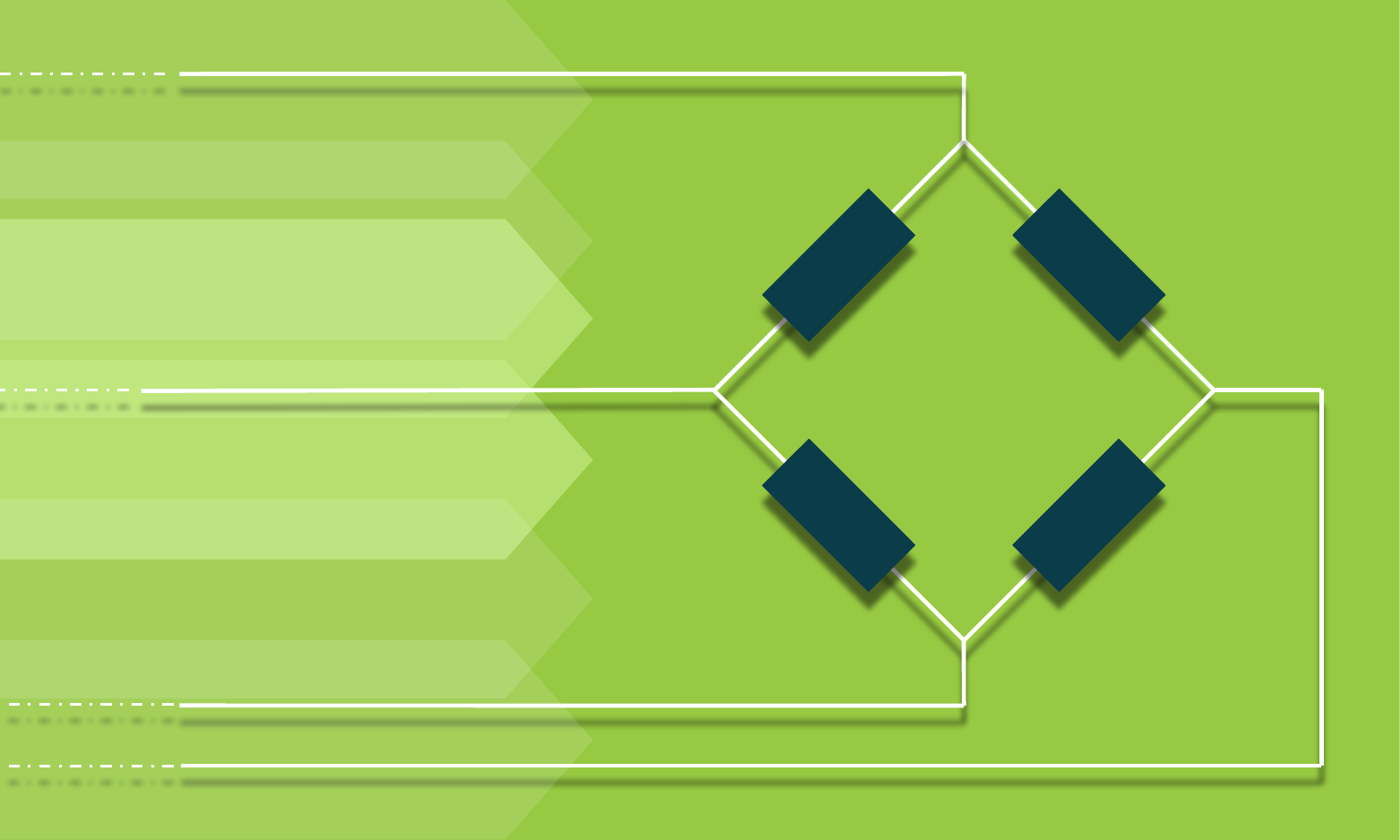Search Knowledge Base by Keyword
Connectivity

An Overview of Terminal Blocks
Terminal blocks complete circuits between two bare wire ends. Aside from safety, terminal blocks have distinct advantages when building circuits, including organization and ease of maintenance. Learn the different types here.

Load Cell Summing: Junction Boxes, Signal Trim, and Excitation Trim
Weighing systems often require multiple load cells to record accurate measurements. In this case, a junction or summing box combines signals from these distributed load cell devices. Learn here the trimming process that equalizes these multiple signals to ensure combined signal accuracy.

Why Do I Need a Load Cell Amplifier (and Other Signal Conditioners)?
Why do we use load cell amplifiers and signal conditioners to improve load cell signals? This tutorial explains, and compares best products.

Advantages and Applications of Wireless Load Cells
Wireless data transmission has become standard in most technology applications today. Load cell applications are no exception. Learn about wireless load cell advantages and available solutions.

Connecting a Force Sensor to a DAQ
When connecting a force sensor and data acquisition (DAQ) system, our overview of how these subsystems work together is a good place to start.

External Wiring in Strain Gauge Load Cells
What is the difference between a four-wire and six-wire load cell? Find out the answer to this and other load cell cabling questions here.



